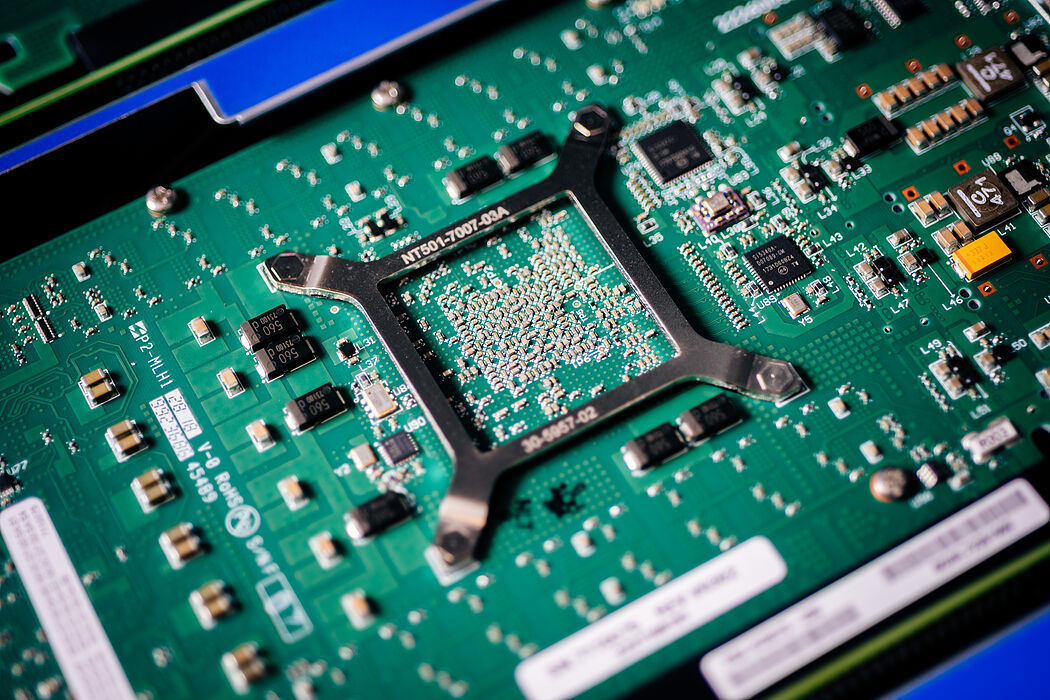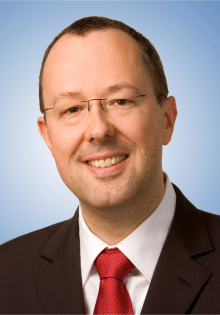The stuff science fiction films are made of: For decades, so-called "programmable matter" has inspired filmmakers and cinema enthusiasts worldwide. It is able to change its shape and properties, such as colour, form and elasticity, either independently or based on external influences. As a subject of research, programmable matter is also of interest to scientists. However, previous approaches have a number of shortcomings. Scientists at Paderborn University are therefore working on improving the underlying models and algorithms that will make futuristic shape-shifters possible. The research project CIRPROM ("Algorithmic foundations for circuit-based programmable matter"), led by Prof Dr Scheideler, is being funded by the German Research Foundation (DFG) with around 350,000 euros until 2027.
"In films, there are creatures, robots and other constructs that can flexibly adapt their shape and appearance. Technologically, however, we are still a long way from realising programmable matter with such properties," explains Scheideler, a computer scientist at Paderborn University. "In order to find out which technology is the most promising, suitable models must first be designed and analysed for their capabilities with regard to the most important applications for programmable matter. A lot has been done in this area in recent years, but the approaches used so far are either not universally applicable or simply far too slow in terms of shape transformation," the scientist continues.
"Our vision of programmable matter is based on the so-called 'amoebot model', which we proposed around ten years ago and have been continuously developing ever since. We took amoebae as our model," says Scheideler. These are primitive single-celled organisms that move by means of expansion and contraction. The computer scientist's team is modelling the amoebots as simple robots on a micro or nano level that can connect and interact with other amoebots. This enables them to form complex shapes. Scheideler: "Thanks to recent extensions to the model, the robots are now able to build structures within these shapes that are reminiscent of the way nerve tracts and muscles work. This allows information to be exchanged and movements to be synchronised, which means that rapid shape changes and healing are now possible in principle."
Although the scientists have already solved a number of problems, there are still hurdles to overcome: "It is already possible to quickly determine an amoebot that will coordinate the other amoebots and rapidly adjust the compass so that the bots are aware of the direction in which a synchronised movement should take place. However, major challenges remain as to how a target shape can be reached as quickly as possible through a targeted sequence of movement processes, how damaged shapes can be recognised and repaired as quickly as possible and how energy can be directed most effectively to where it is needed for the shape transformations. Such algorithms are essential for subsequent technical realisation," continues Scheideler.
In addition to shape-shifting, the bots could also be used to heal internal injuries in the medical field or in the structural monitoring and repair of machines and buildings: "The potential applications are huge. The topic is of great importance for industry, medicine and society in general," says Scheideler. However, it will probably be several decades before the bots are actually ready for use.
The scientist, who heads the "Theory of Distributed Systems" department at the Institute of Computer Science in Paderborn, has been working on the development of models, methods and architectures for distributed systems, such as the Amoebot model, for many years. In addition to the classic development of distributed algorithms and data structures, this also involves methods for self-stabilising and self-optimising systems.
This text has been translated automatically.



